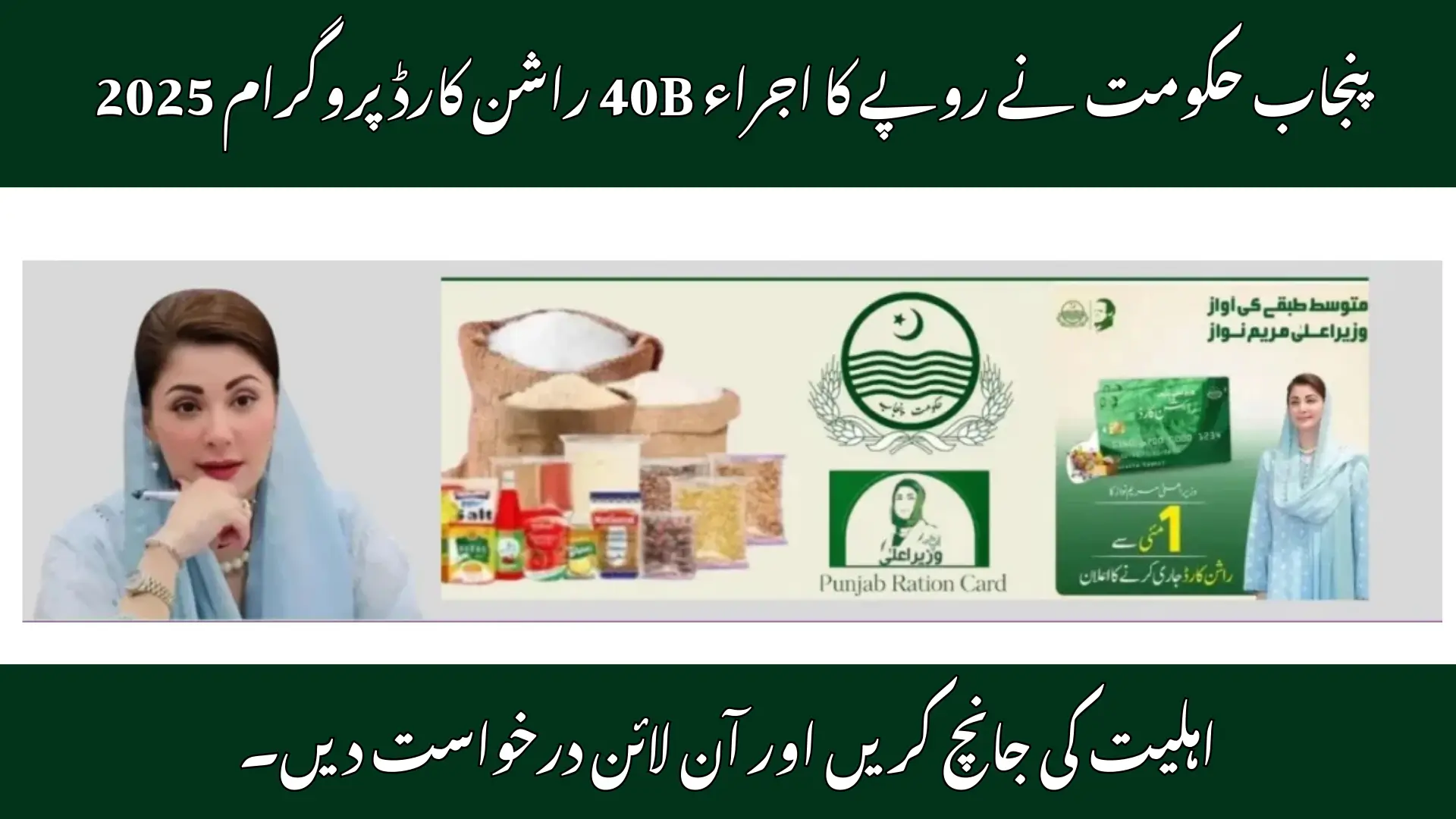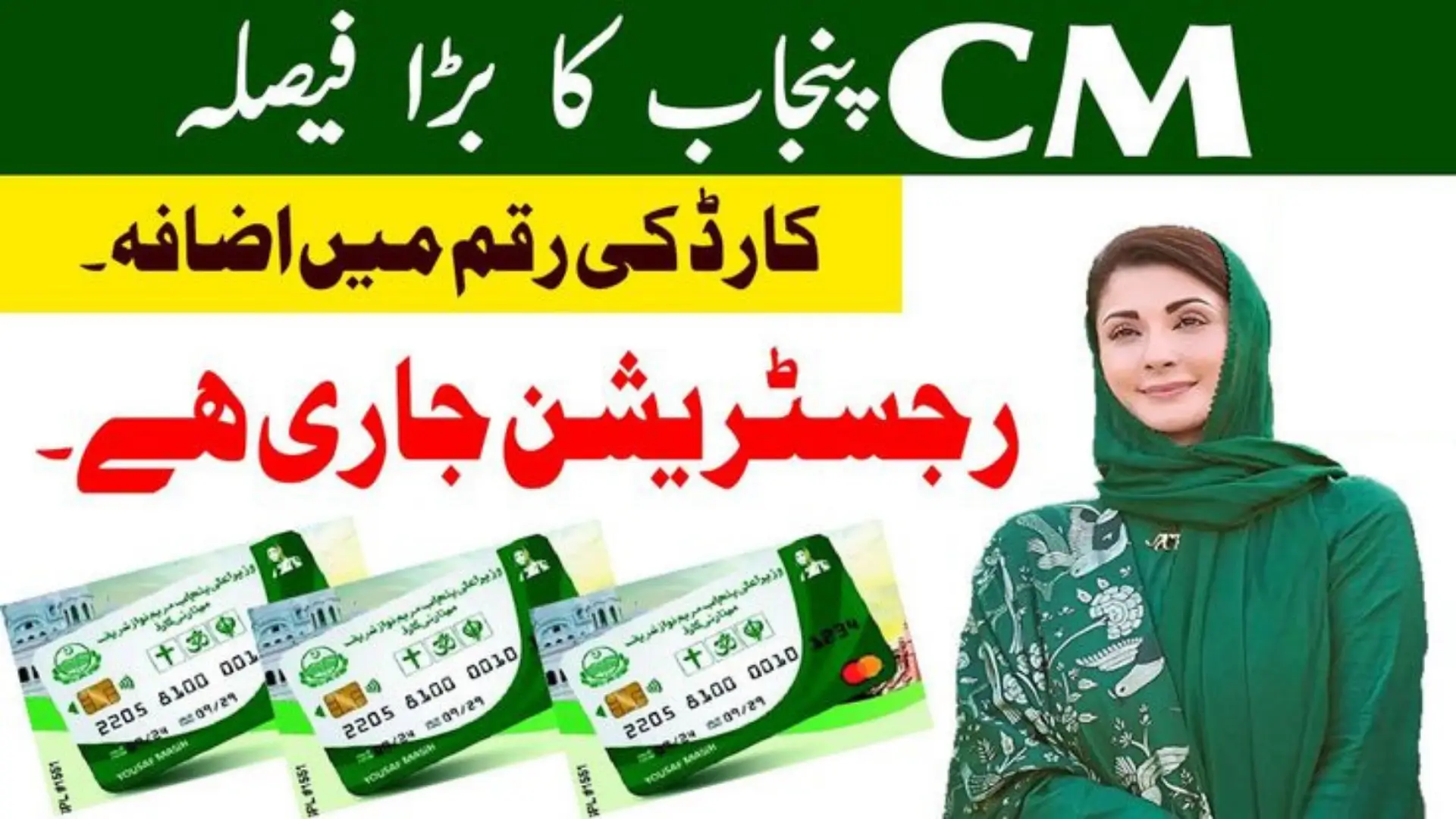PAVE Subsidy 2025 Price Impact has become one of the most discussed concerns for electric vehicle (EV) buyers in Pakistan. With inflation influencing almost every sector, the pressing question remains: will EV prices continue to rise even with government subsidies in place, or will financial support be enough to keep EVs affordable for students, workers, and families in 2025?
Thousands of applicants are registering through the PAVE program seeking clarity. While subsidies reduce upfront costs, global supply chain challenges, battery material shortages, and currency devaluation may still push EV prices higher. Understanding the true impact requires separating facts from speculation.
PAVE Subsidy 2025
The PAVE (Pakistan Automotive Vehicle Electrification) Subsidy 2025 is a government initiative designed to promote electric mobility and reduce reliance on petrol vehicles. It provides financial support to eligible buyers, primarily through:
- Direct cash subsidies reducing the upfront cost of EVs
- Concessional financing for approved EV models
- Special discounts on battery replacements and charging equipment
The main aim is to make electric bikes, scooters, and cars accessible to students, workers, and low-income families, promoting cleaner transportation and energy efficiency.
PAVE Subsidy 2025 Price Impact – Inflation & EV Costs Explained
Inflation and EV Prices – The Global Context
Globally, EV prices are closely linked to battery production costs. Lithium, cobalt, and nickel — the core materials used in EV batteries — fluctuate due to international demand and supply chain disruptions.
Since Pakistan imports most EV components, any global price surge directly affects the local market. Inflation raises shipping costs, dealer margins, and service expenses. This means EVs cannot remain completely unaffected, even with subsidies in place.
How the PAVE Subsidy Works in 2025
The PAVE subsidy scheme is structured to provide financial relief but cannot control market-driven price changes. Here’s how it works:
- Eligibility: Applicants must meet income and residency criteria set by the government.
- Required Documents: CNIC, proof of income, vehicle preference, and bank account details.
- Application: All applications must be submitted online through the official PAVE Portal.
Tip: Always apply through the official PAVE portal create account section to avoid delays or scams.
PAVE Subsidy 2025 Price Impact – Two Possible Scenarios
1. Subsidy Neutralises Inflation (Optimistic Scenario)
If the government adjusts subsidy percentages in line with inflation, EVs will remain accessible. Students, workers, and low-income families will continue to benefit, keeping demand steady. In this case:
- Upfront prices remain affordable
- Demand for EVs continues to grow
- Government targets for cleaner transportation can be achieved
2. Inflation Outpaces Subsidy (Pessimistic Scenario)
If global EV and battery costs rise faster than subsidy adjustments, buyers will still face higher upfront prices. Subsidies may only slow down the price hikes rather than eliminate them. In this case:
- EVs may become less affordable for students and low-income families
- Demand might decrease for specific models
- Longer waiting times for subsidies due to higher applications
Key Factors Influencing EV Prices in Pakistan
Several economic and policy-driven factors will determine whether EVs remain affordable under PAVE in 2025:
| Factor | Impact on EV Prices |
|---|---|
| Currency Devaluation | A weaker rupee increases the cost of imported EV parts. |
| Battery Material Costs | Rising lithium or cobalt prices directly raise EV bike and car prices. |
| Government Policy | Timely subsidy adjustments can protect buyers from inflation. |
| Local Manufacturing | Shifting to local EV assembly reduces reliance on imports. |
| Demand Pressure | High demand for subsidies can increase wait times or reduce discount amounts. |
Student Buyers and EV Affordability
Students are one of the largest groups applying for EV bikes under PAVE 2025. While subsidies lower upfront costs, they must also consider hidden expenses:
- Battery maintenance
- Charging costs
- Servicing and repair
Tip: Always apply early through PAVE to secure your quota before allocations close.
Practical Tips for PAVE Applicants in 2025
To ensure successful application and maximum benefits:
- Submit applications early to avoid quota limits.
- Calculate total cost of ownership, including charging, battery replacement, and servicing.
- Compare EV models for range, durability, and warranty before deciding.
- Keep all documents ready to prevent rejection or delays.
- Track official PAVE announcements for subsidy adjustments and policy changes.
Common Myths About Subsidy and Inflation
Myth 1: Subsidy guarantees fixed EV prices
Fact: Subsidies reduce upfront costs, but inflation can still push prices higher.
Myth 2: Subsidy applies equally to all EV models
Fact: Only government-approved EV models qualify, and subsidies vary by model.
Myth 3: Once approved, subsidies never expire
Fact: Subsidy approvals often have validity periods. Applicants must act promptly to claim benefits.
PAVE Subsidy 2025 Calculator – Estimate Your Costs
The PAVE Subsidy Calculator allows buyers to estimate their EV costs after subsidy. Key details include:
- Vehicle type (bike, scooter, car)
- Official subsidy percentage
- Approximate market price
- Final amount after subsidy
Tip: Use the official calculator on PAVE.gov.pk to avoid miscalculations.
Will Inflation Make EVs Unaffordable in 2025?
While inflation is likely to push EV prices up, government subsidies ensure EVs remain cheaper than petrol alternatives. The key to affordability depends on:
- Timely subsidy adjustments
- Stable currency
- Local EV assembly and manufacturing
- Monitoring of battery material costs
Conclusion
The PAVE Subsidy 2025 Price Impact will depend on how effectively subsidies balance against inflation. While inflation may increase costs, government financial support ensures EVs remain affordable for students, workers, and families.
















